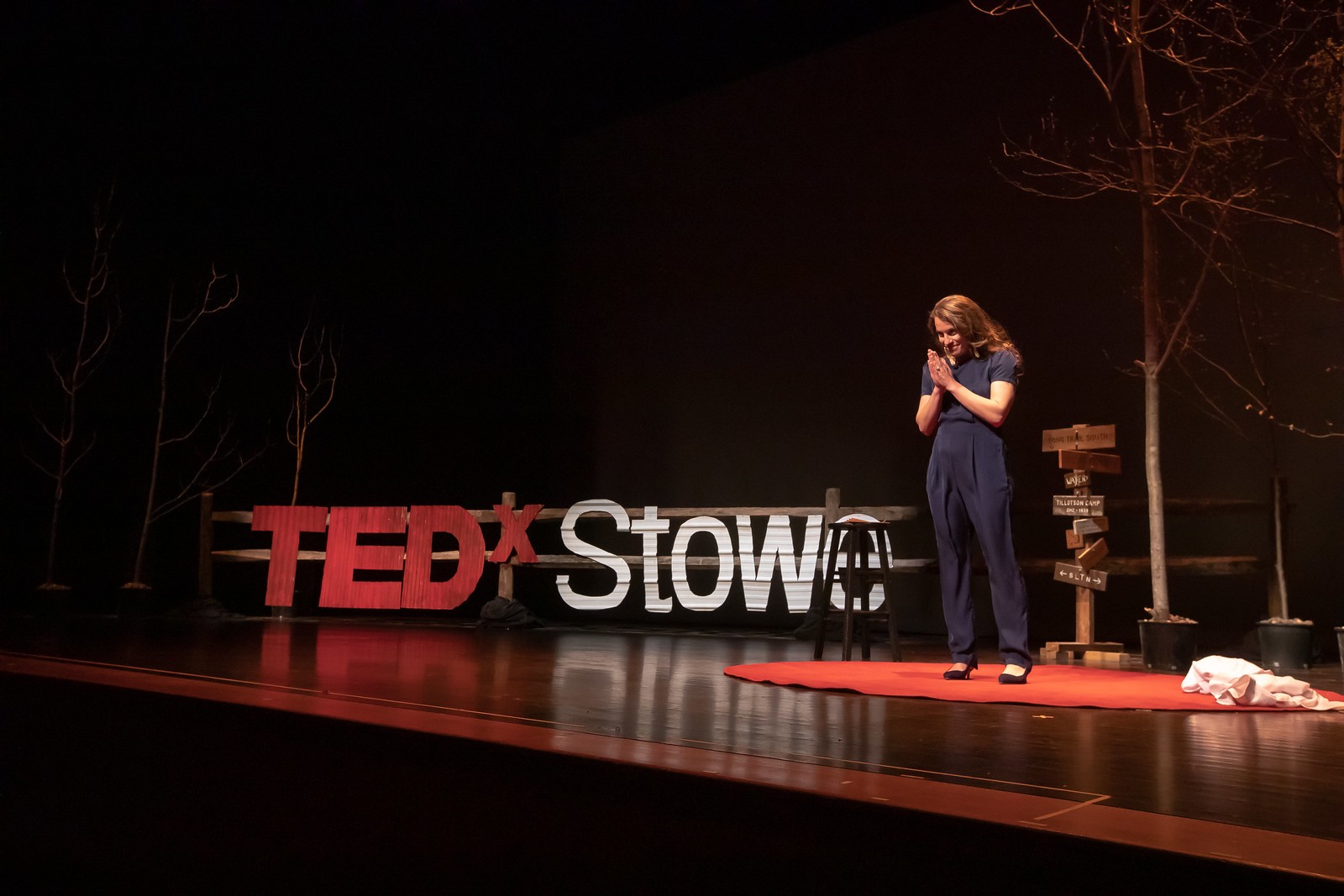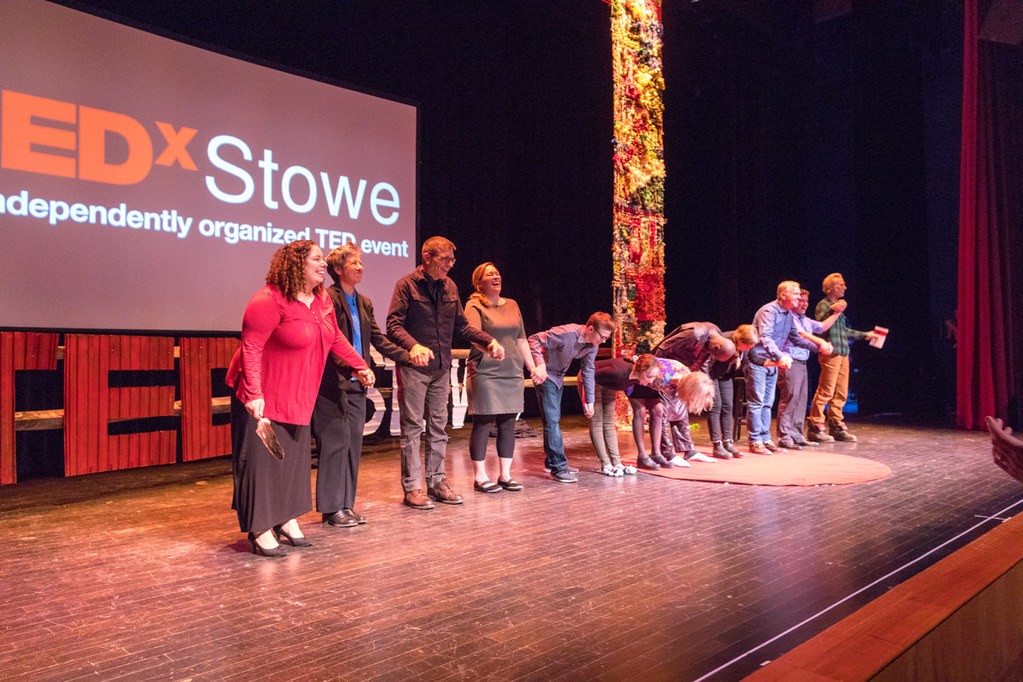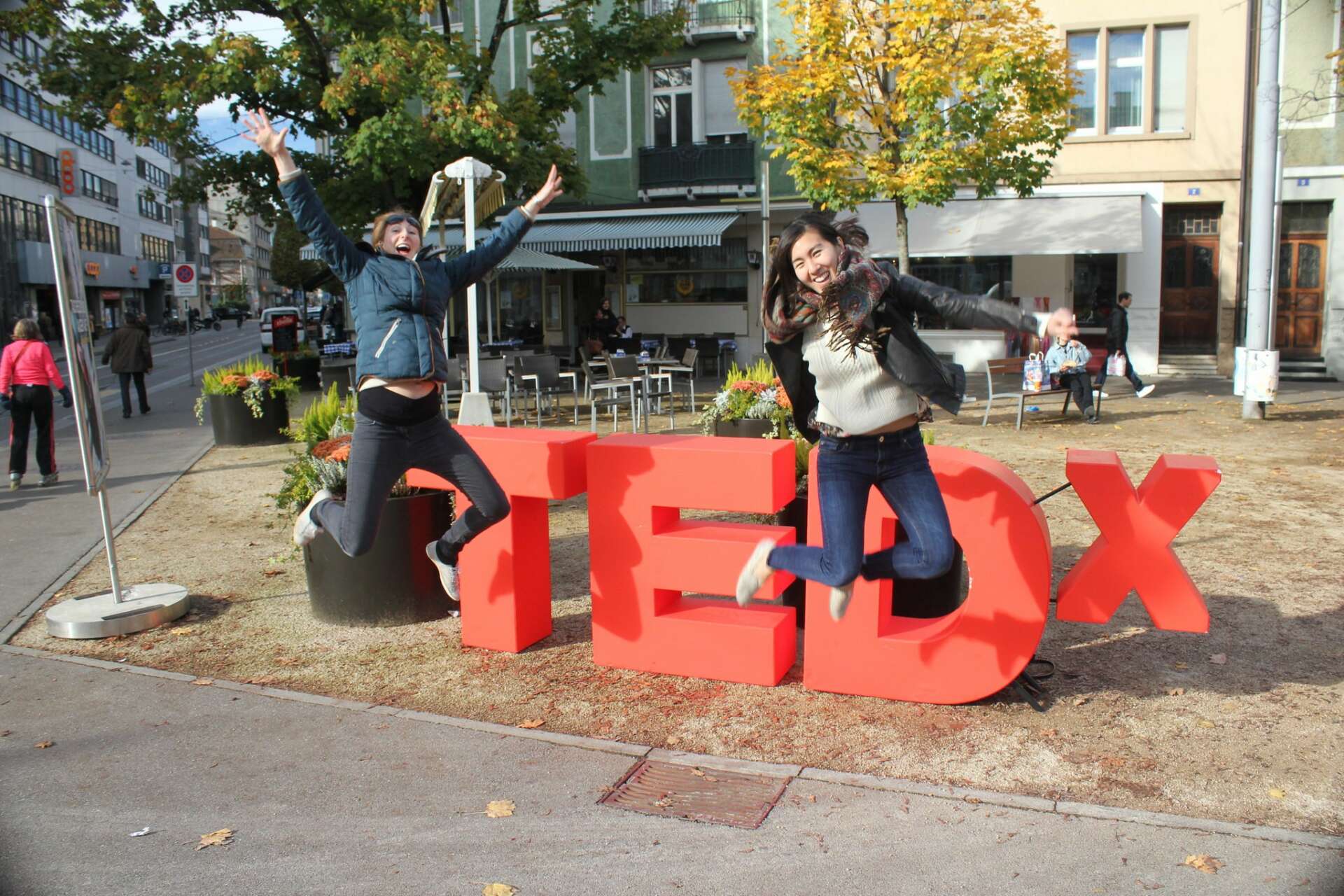We recently connected with Tessa Rawson and have shared our conversation below.
Tessa, looking forward to hearing all of your stories today. Naming anything – including a business – is so hard. Right? What’s the story behind how you came up with the name of your brand?
The name of my company is Resonance.
Resonance is the scientific explanation for an object’s tendency to vibrate at the optimal frequency inherent to its nature.
What? My thoughts exactly.
When I was debating names I tried to think of all the powerful words I use the most when trying to help my clients be great speakers – audience, engage, connection, resonate.
Resonate… resonance. What does that really mean?
Enter my husband- a physics teacher- to save the day.
Resonance is the phenomenon that produces sound in musical instruments. The beautiful, unique sounds of a bell, cello, trumpet or singing voice.
Resonance is music.
When a frequency resonates within an instrument, it is clear and powerful.
When an idea resonates within a person, it is unforgettable.
Effective communication relies on resonance. It is the sweet spot when a speaker connects with their audience; when ideas are at their most compelling and the potential of a talk is realized.
Through resonance, a comparatively weak vibration in one object can cause a strong vibration in another. When you communicate your ideas in just the right way you can create a huge reaction in your audience. It’s the moment you can inspire change and break down barriers or change someone’s world.
There is no single way to create resonance. Every note in every instrument resonates at a different frequency- they are all powerful, but they are all unique. Resonance changes depending on how the instrument is shaped, what it’s made of, and how you play it.
Resonance between speaker and audience is also unique to every individual, every idea and each event, but it is always the critical element of delivery. Any talk can have a great idea but if you are not resonating with your audience then you are not achieving your potential.
Once I had this explanation the name really couldn’t be anything else.
For an explanation of the standing waves used in my logo I would need to bring in the physics teacher again!
Awesome – so before we get into the rest of our questions, can you briefly introduce yourself to our readers.
I organized my first TEDx event with a friend in Switzerland nearly 10 years ago. We did it on a whim with very little expectation – it was a community event for 100 people, some local speakers that we videoed on go-pros, edited ourselves and all with a budge of $800.
The feedback we got from that event was astounding. Who knew we had so many incredible neighbors or that there was such a huge desire to see speaking- live!?
That little event led to TEDxBasel in Switzerland and then TEDxStowe in Vermont, which between them have been seen by thousands of live audience members, hosted hundreds of speakers and produced videos which have been viewed millions of times on YouTube and TED.com.
My coaching practice grew very organically and unexpectedly- like so many people who started a new adventure in the last few years my business was essentially the result of Covid. Unable to organize in-person events I accepted invitations to lead public speaking workshops virtually and coach executives and entrepreneurs who wanted to improve their public speaking.
I work with people who are extremely knowledgeable, experienced & passionate- they are leaders in their field. But it’s hard to condense a lifetime of intellectual property into something short and accessible, particularly if the information is technically dense or complicated. Helping people find the words to articulate their story, and to bring the audience on a journey into why they care about their work is incredibly rewarding. My job is not to critique their message, it’s to help them present the best possible version of themselves and their ideas.
Working with speakers has shown me over and over again that by gaining confidence in your voice you can change not just your world, but someone else’s too. That is as true for someone standing on the TED stage as it is for a new manager running their first weekly meeting or a student doing their first presentation.
Death by power point is no longer acceptable- let us in, show who you are and why you care. You have all the skills you need to make your talks and presentations clear, efficient and fun- for everyone!
One of my favorite things about organizing TEDxStowe has been the youth public speaking competitions we run in local high schools. The winners of which present their talks on the main stage at TEDxStowe.
These young people are thoughtful, erudite, provocative, determined, curious. Everything we would hope for as parents and community members. Sadly, public speaking classes & debate teams are disappearing from schools, and with them the opportunities for young people to develop a voice and practice sharing an idea in front of an audience.
The most requested skill on any job application is communication- it is critical to help young people find their voices and then give them the tools and confidence to share their ideas in public. As well as working with individuals I continue to run workshops for students, entrepreneurial groups and corporate teams to develop presentation skills.
Huge credit, love and appreciation for launching me on this journey must go to my two co-organizers at TEDxGundeldingen and TEDxStowe – Jennifer Chough & Hayes Ford.


How did you build your audience on social media?
I have started to grow my community on LinkedIn. The best advice I got was to not be precious about it. Post often and interact even more often with other content creators. It’s a forum that rewards engagement and conversation, and I have been bowled over by the support and generosity of time and advice I have received there. Like any social media platform it rewards time and engagement and you have to find the right one for you. Once I took away the pressure of numbers and started to think of it as community building I have made so many incredible connections- people I would consider mentors and collaborators almost more than potential clients.


Can you tell us about a time you’ve had to pivot?
My resume is extremely varied. The kind of resume that would have a recruiter scratching their head and looking for the throughline. I will happily admit- there is none.
My career choices have usually been determined by location and opportunity as much as by desire for a particular role. Jobs include: private chef, executive recruiter, event organizer, office manager, classroom assistant, ticket sales, summer camp counsellor, trading floor administrative assistant and of course TEDx organizer and public speaking coach.
I’ve enjoyed most of them and learnt from all of them. For me the most important thing has always been colleagues-if I enjoy the people I work with then I am happy to go to work, the role is immaterial. I’ve had high pressure jobs and boring jobs, well paid jobs (fancy wall street tech consultancy) which were all glamor and no joy, and low paying jobs (camp counsellor) which were very unsophisticated but that I loved.
The greatest change in my working life has without doubt been starting Resonance by myself. The challenge has not been doing the work (which I love), or running the business (which is a huge learning curve) but doing it all on my own. I am not someone who can go for days without a conversation (with someone other than my kids) I need people for inspiration and motivation. My cup gets filled through social interaction and for an extrovert, I have found networking groups and my LinkedIn community to be the most surprising ‘necessity’ for enjoying my work.
Contact Info:
- Website: www.resonance-ideas.com
- Instagram: @resonance_ideas
- Linkedin: linkedin.com/in/tessarawson
Image Credits
All photos: Attribution-NonCommercial-NoDerivs 2.0 Generic (CC BY-NC-ND 2.0)


